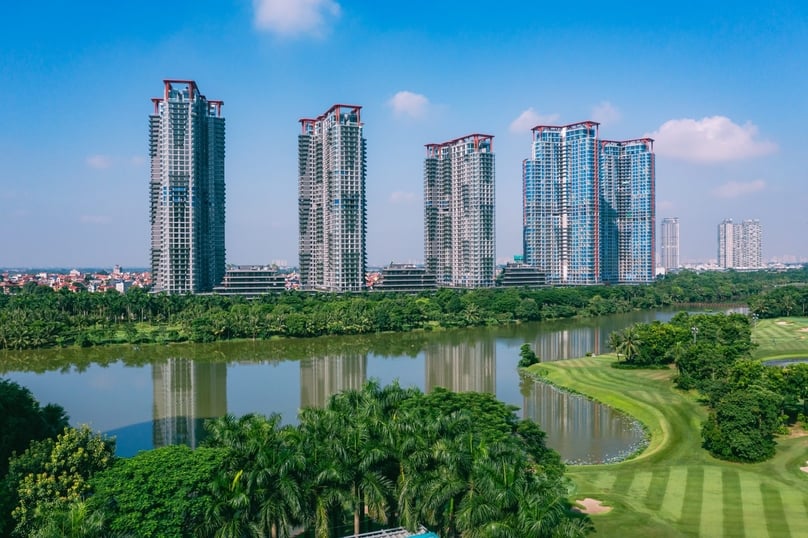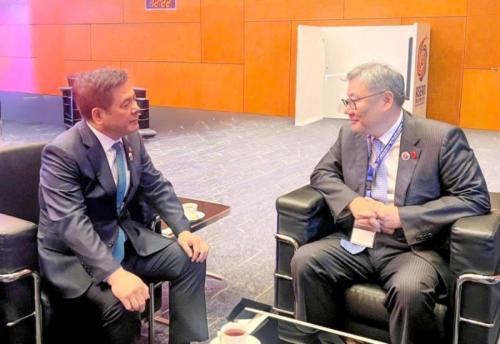Japan’s Nomura builds billion-dollar footprint in Vietnam’s real estate market
Since entering Vietnam in 2015, Japan’s Nomura Real Estate Development has poured billions of dollars into joint ventures with some of the country’s biggest developers, making Vietnam one of its most important overseas markets. Behind those large-scale projects lies a measured and long-term investment strategy.
Expanding through partnerships
Since its entry into Vietnam, the Japanese developer has built a diversified portfolio of more than 30,000 housing units along with premium commercial properties, primarily through joint ventures with leading local partners.
In southern Vietnam, particularly Ho Chi Minh City, Nomura and Mitsubishi Estate have invested nearly VND13 trillion ($493 million) to co-develop two residential subdivisions within the Vinhomes Grand Park complex, a project of Vingroup’s subsidiary Vinhomes. The joint venture holds an 80% stake in two entities, MV1 Vietnam and MV Vietnam.
Nomura has also partnered with Taiwan-backed developer Phu My Hung to develop the Phu My Hung Midtown urban project through the joint venture Phu Hung Thai Co.
The Japanese property firm has expanded into the Grade-A office segment as well, holding interests in Zen Plaza and a 24% stake in Sun Wah Tower on Nguyen Hue street.
In northern Vietnam, Nomura has maintained its aggressive expansion. Its most notable investment to date is a VND9.3 trillion ($353 million) stake in Vinhomes Royal Island, a mega urban project in Hai Phong city.
In Hanoi, Nomura teamed up with Ecopark to build the Swan Lake Onsen Residences and joined CapitaLand Development of Singapore in developing The Senique Hanoi, a luxury residential project.
Most recently, the company acquired a 49% stake in the firm that owns the Hong Hac City urban area in Bac Ninh province from Phu My Hung. Covering nearly 200 hectares and valued at around $1.1 billion, the project marks Nomura’s largest investment in Vietnam to date.
Nomura’s approach in Vietnam has centered on forming joint ventures with reputable local developers that possess established land banks. In many cases, Nomura takes a controlling or majority position - such as 80% ownership in its Vinhomes projects and 42.2% in Phu My Hung Midtown - allowing it to balance control with risk while leveraging its partners’ on-the-ground expertise and execution capabilities.
Vietnam deemed as a core profit engine
The importance of Vietnam in Nomura’s global growth strategy was underscored by COO Daisaku Matsuo at a press briefing on April 24, 2025.
“Vietnam will continue to be a key profit driver through the fiscal year ending March 2028,” he said, noting that property sales in London and the U.S. are also expected to contribute to earnings.
The group plans to invest about JPY150 billion ($1 billion) across its overseas markets between 2025 and 2027, with Vietnam remaining one of its key destinations.
Despite its growing exposure, Nomura’s leadership remains measured in its approach. Matsuo emphasized that the company aims to diversify income sources by expanding in other markets such as the U.K. and the Philippines, rather than becoming overly dependent on Vietnam.
Source: Hai Yen
Photo: Photo courteys of Nomura Real Estate Development





